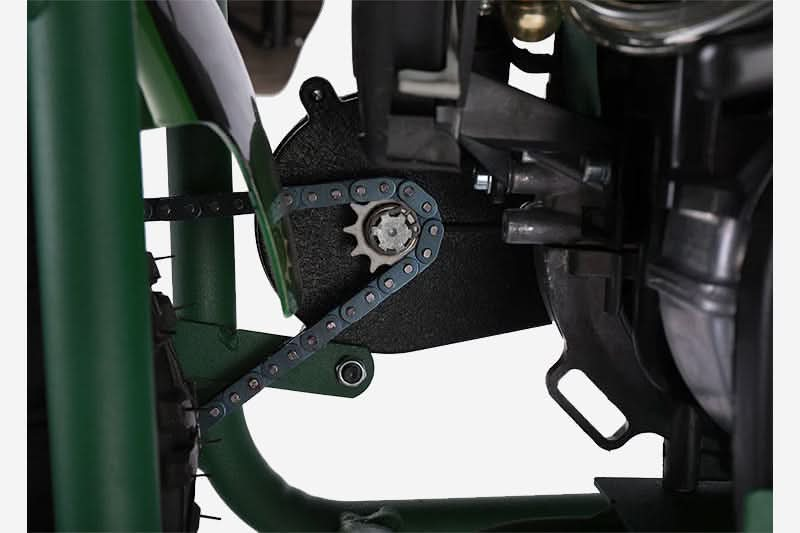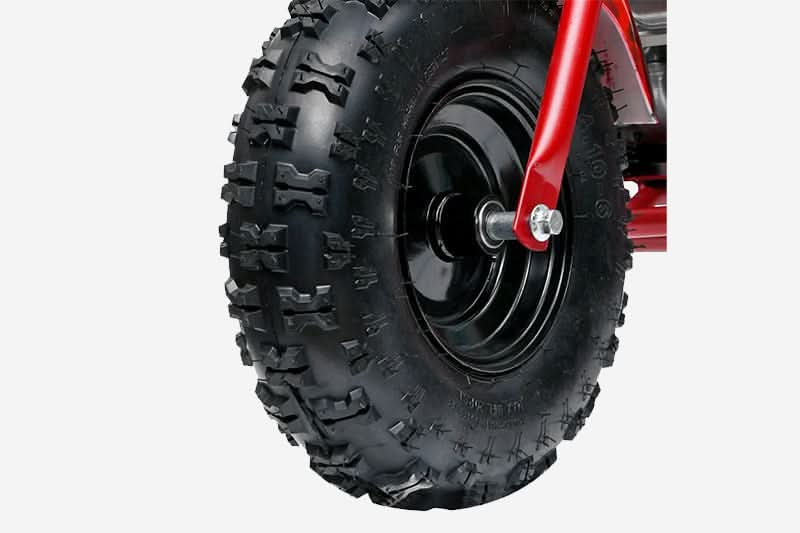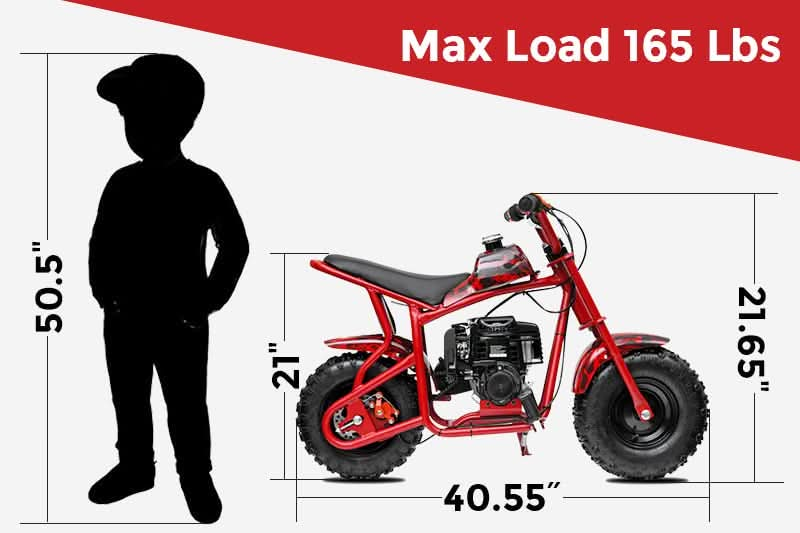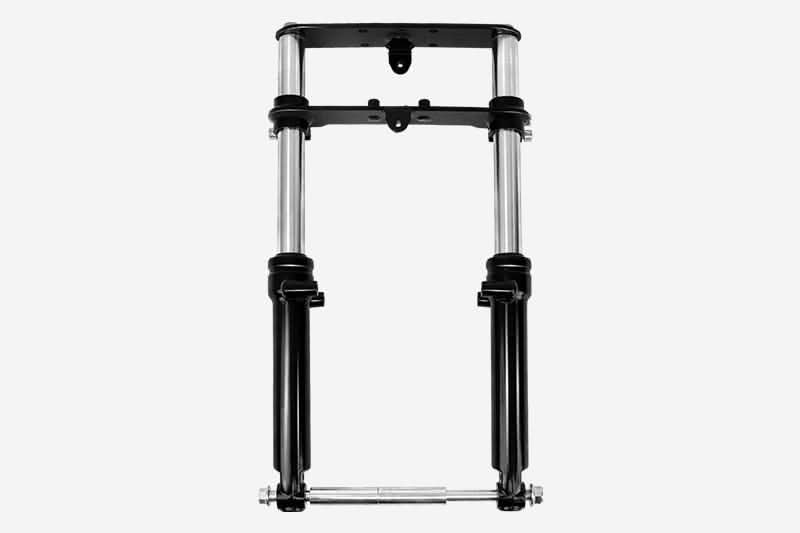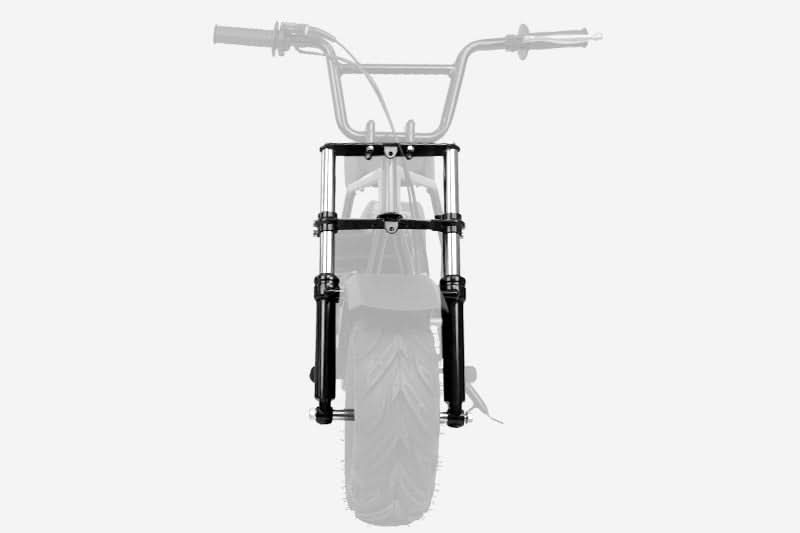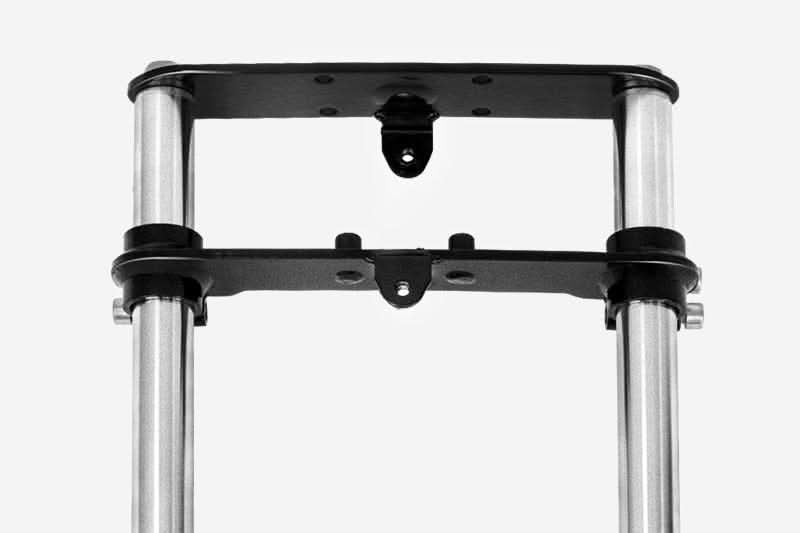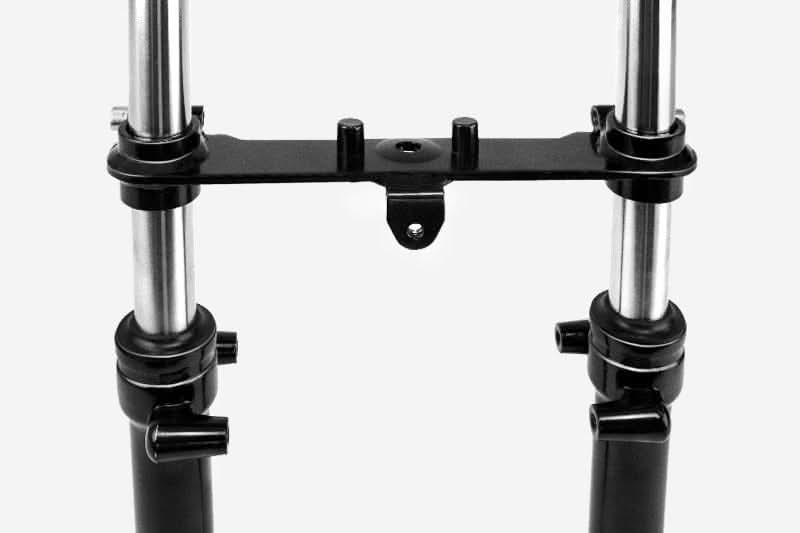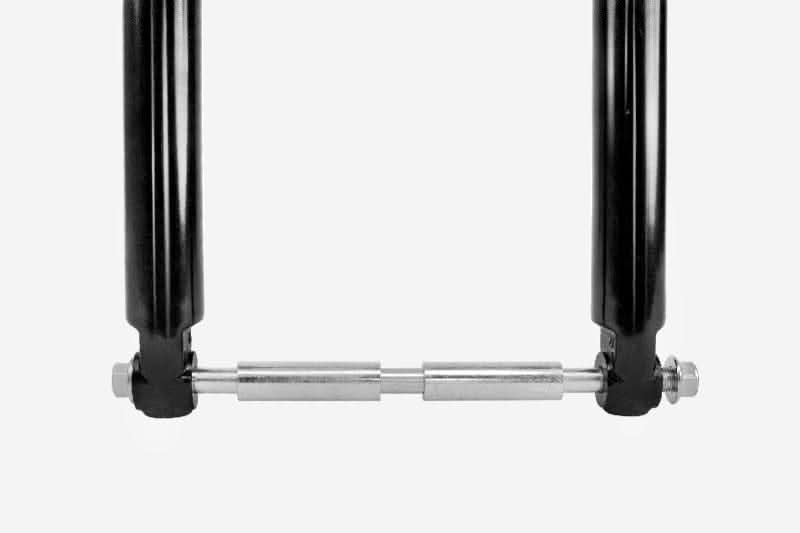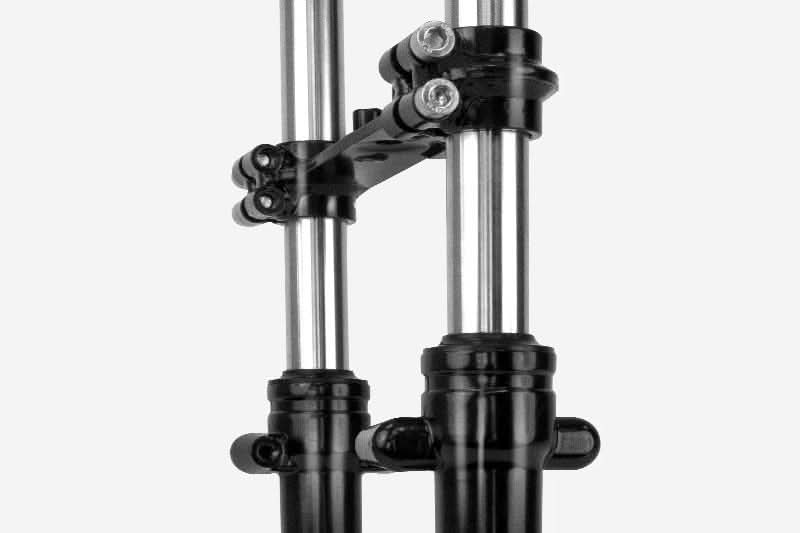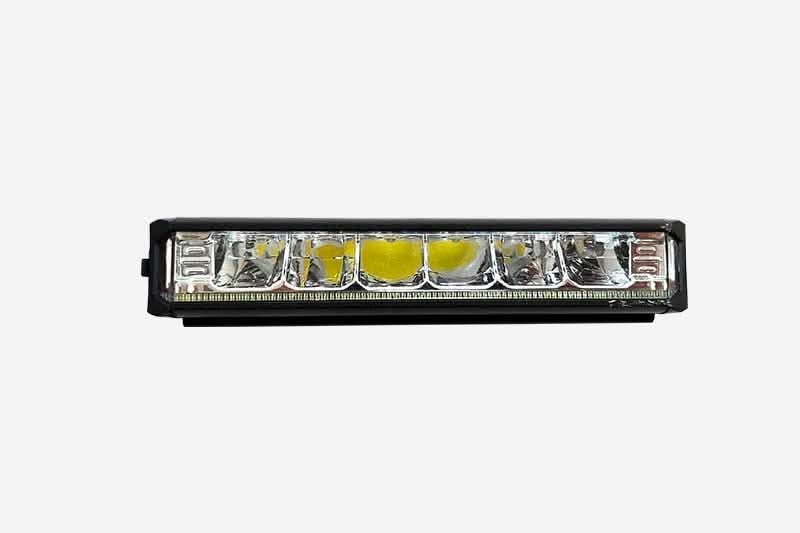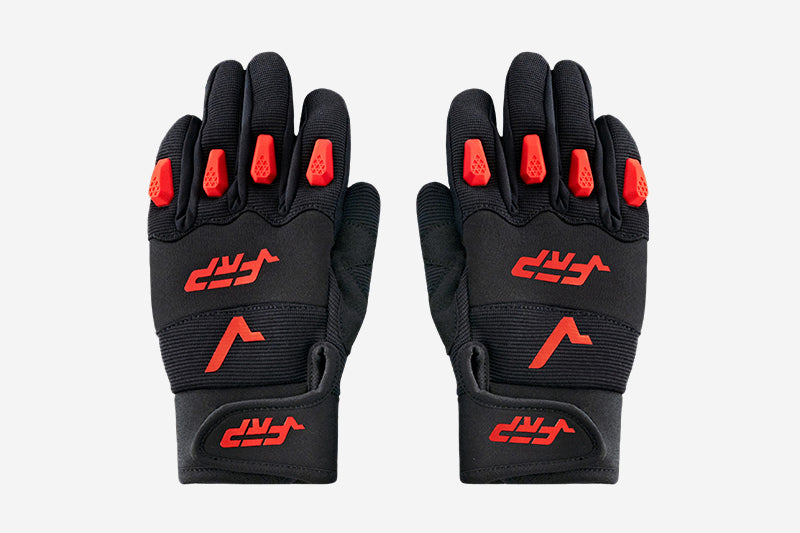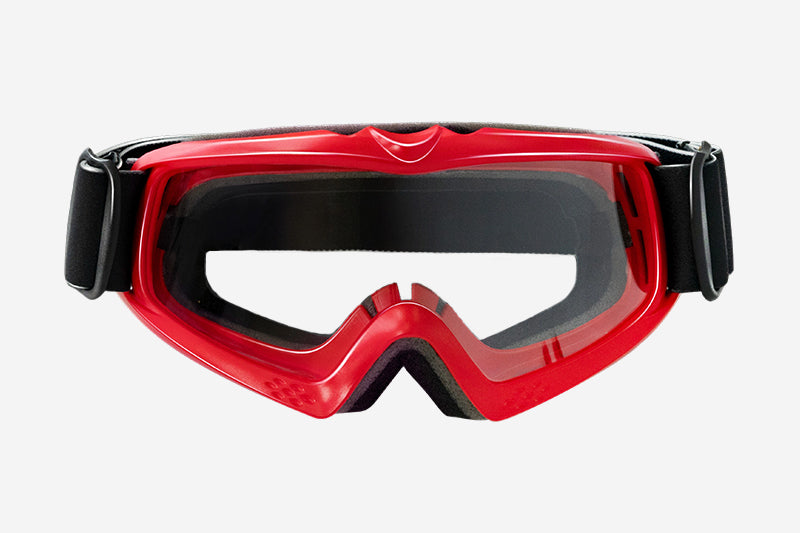Practice drills to improve your dirt bike riding skills and technique
Dirt biking is an exhilarating sport that requires a combination of physical skill, mental focus, and technical finesse. Whether you're a beginner looking to learn the basics or an experienced rider aiming to up your game, practice drills are an essential part of improving your dirt bike riding skills and technique.
In this article, we will explore some effective practice drills that can help you elevate your dirt biking skills to the next level, regardless of your current level of expertise. So, strap on your helmet, rev up your engine, and get ready to take your dirt bike riding to new heights with these practice drills!
Body Positioning Drills
Dirt bike riding requires proper body positioning for optimal control and stability on the kid’s dirt bike. Riders need to maintain a balanced and centered position while navigating through various terrains, performing jumps, and controlling the bike's speed. Practicing body positioning drills can significantly improve a rider's skills and enhance their overall riding experience.
To improve body positioning and balance on the dirt bike for kids, riders can practice specific drills. One common drill is the "attack position" drill, where riders practice getting into the proper body positioning stance while riding at a moderate speed. This drill helps riders develop muscle memory and familiarize themselves with the correct body positioning for optimal control.
Practicing body positioning drills is crucial for control and stability while riding a youth dirt bike. Proper body positioning allows riders to maintain control over the bike, especially in challenging terrains, and helps prevent accidents and injuries. For beginners, it is better to start with a mini gas dirt bike, and the 40CC KIDS DIRT BIKE 003 with a 4-stroke engine could be a good choice.
Braking and Acceleration Drills
Proper braking and acceleration techniques are essential for gas dirt bike riders to control their speed, maintain stability, and navigate through various terrains. Riders need to learn how to use the brakes and throttle effectively to achieve precise speed control and maintain balance while riding.
Similarly, proper acceleration techniques are crucial for youth dirt bike riding. Riders should learn to smoothly apply the throttle to control the speed of the bike and avoid sudden bursts of acceleration that can result in loss of traction or control.
To improve braking and acceleration skills, riders can practice specific drills. One common drill is the "brake control" drill, where riders practice applying the brakes smoothly and progressively to achieve controlled stops. This drill helps riders develop muscle memory and improves their ability to modulate the brakes effectively.
Practicing braking and acceleration drills is crucial for speed control and precision while riding a youth dirt bike. Proper braking and acceleration techniques allow riders to navigate through different terrains, control their speed, and maintain stability, preventing accidents and ensuring a safe riding experience.
Jumping Drills
Jumping is an exhilarating and challenging aspect of kid’s dirt bike riding that requires proper technique and skill to ensure control in the air and smooth landings. Riders need to learn how to approach jumps, control the bike in the air, and land safely to avoid accidents and injuries.
Proper jumping techniques start with the approach to the jump. Riders should approach the jump with a controlled speed, keeping their body positioned in a neutral stance and looking ahead. As the bike leaves the ground, riders need to maintain a relaxed grip on the handlebars and control the bike's attitude in the air by shifting their body weight. Landing is also crucial, and riders should aim to land with the bike parallel to the ground and absorb the impact with their knees and elbows to minimize the impact on the bike and themselves.
To improve jumping skills, riders can practice specific drills. One common drill is the "ramp jumps" drill, where riders practice jumping off a ramp or a series of ramps to develop their jumping technique. This drill allows riders to focus on their approach, control in the air, and landing technique in a controlled environment.
Riding in Different Terrains
Dirt bike riding can take place in various terrains, such as sand, mud, rocks, and forests, each requiring different riding techniques and skills. Riders need to adapt to different terrains to maintain control, stability, and versatility while riding.
Different terrains affect youth dirt bike riding in various ways. For example, sand and mud can reduce traction, making it challenging to maintain control and balance. Rocks and roots can pose obstacles that require precise bike handling skills to navigate. Forests and tight trails may require slower speeds and quick reflexes to avoid collisions with trees and other obstacles.
To improve riding skills in different terrains, riders can practice specific drills. One common drill is the "obstacle course" drill, where riders set up a course with different terrain features, such as sand, mud, rocks, and roots, and practice navigating through them. This drill helps riders develop their bike handling skills, adaptability, and versatility in different terrains.
Practicing riding in different terrains is crucial for versatility and adaptability as a gas dirt bike rider. It helps riders gain confidence, develop a well-rounded skillset, and be prepared for different riding conditions they may encounter in their riding adventures.
Conclusion
In conclusion, practicing specific drills can greatly improve dirt bike riding skills and technique. Body positioning drills help riders maintain control and stability on the kid’s dirt bike, while braking and acceleration drills enhance speed control and precision. Jumping drills allow riders to gain control in the air and achieve smooth landings, and riding in different terrains drills develop versatility and adaptability.








































